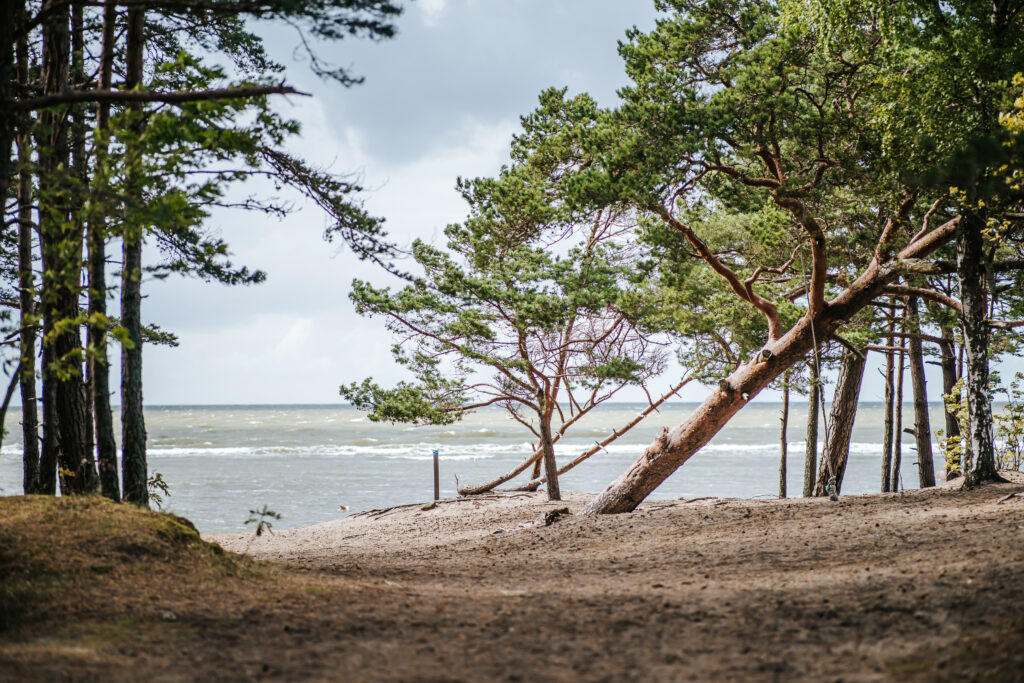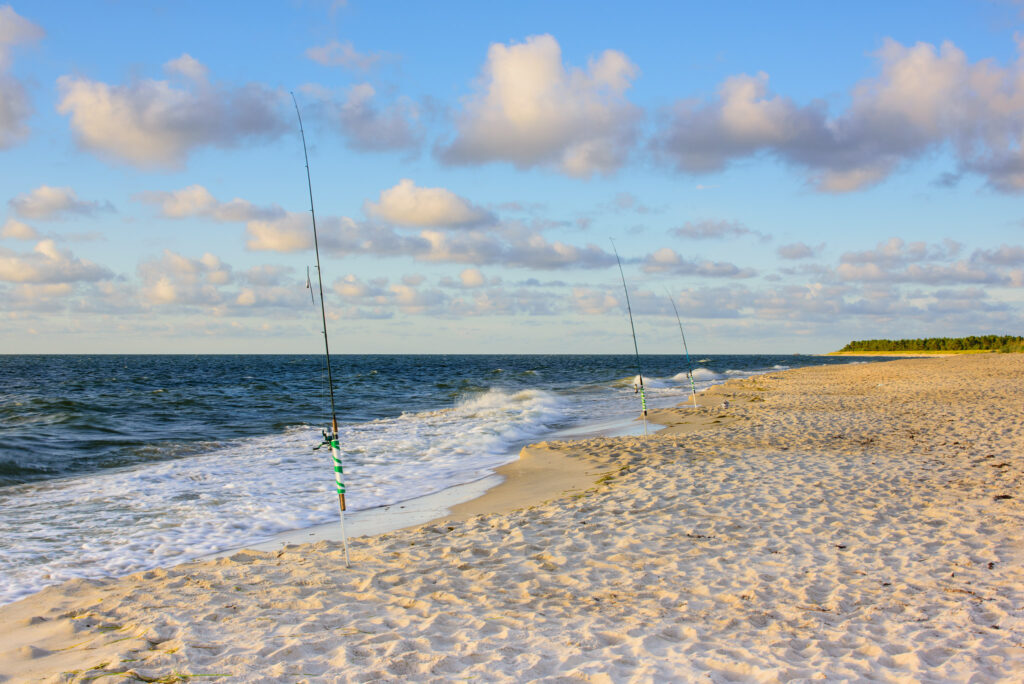Nõva and Noarootsi
Noarootsi and Nõva are especially suitable for people who love untouched nature. The northwest coast of Estonia charms visitors with beautiful beaches with singing sand and pine forests full of mushrooms and berries.
The local nature and four national protected areas of Nõva and Noarootsi are a real gem – Läänemaa’s Suursoo, Nõva and the unique Osmussaare Landscape Protected Are as, and the Silma and Leidissoo Nature Reserves, with their large dune forests, bogs and swamps, are home to numerous game species: lynx, wolves, elk and bears. The pride of the bird kingdom here are the swans, swans, teddy bears, wild boars and eagles.
The sandy rivers of the Nõva, with their wandering mouths, have picturesque canyon-like channels, sometimes dug through dunes.

Once an island, the area is dotted with small shallow lakes surrounded by sand dunes. Tens of thousands of birds arrive here during spring migration, making it one of the best places in Estonia for birdwatching. Thousands of arctic waterfowl fly through here during the bird migration season. Arctic eagles, waders and swans winter in the ice-free sea. The Baltic Sea is a sea of flats.

Noarootsi and Nõva are ideal for surfing, sailing, berry picking, fishing and, of course, just enjoying the peace and quiet. The kilometres of singing sandy coastline here is one of the best summer resorts in Estonia. When travelling along the coast, this is a must-stop.
Noarootsi, it’s the sandy seashores, the pine forests and the marshes between the dunes; it’s the coastal reefs and the beautiful beaches with singing sands. On village signs, you can see words like Pürksi/ Birkas or Saare/ Lyckholm, and among the Estonian place names you can also find words from the old coastal Swedish dialect meaning harbour, harbour dwelling or bay. Noarootsi – the land of the sea.
Until World War II, Noarootsi was inhabited by Estonian-Swedes, who arrived on the Estonian coast and islands in the 13th century mainly via Finland. Unlike the Estonian peasants, the coastal Swedes lived under the so-called Swedish law, which guaranteed them freedom and privileges.
Estonia’s north-west coast is a special place, both in Estonia and in Europe – land that has risen 110 metres since the last ice age.
St. Olevi’s Church in Nõva is one of the few preserved wooden churches and one of the smallest churches in Estonia. The church is characterised by wooden pews with different designs for men and women.